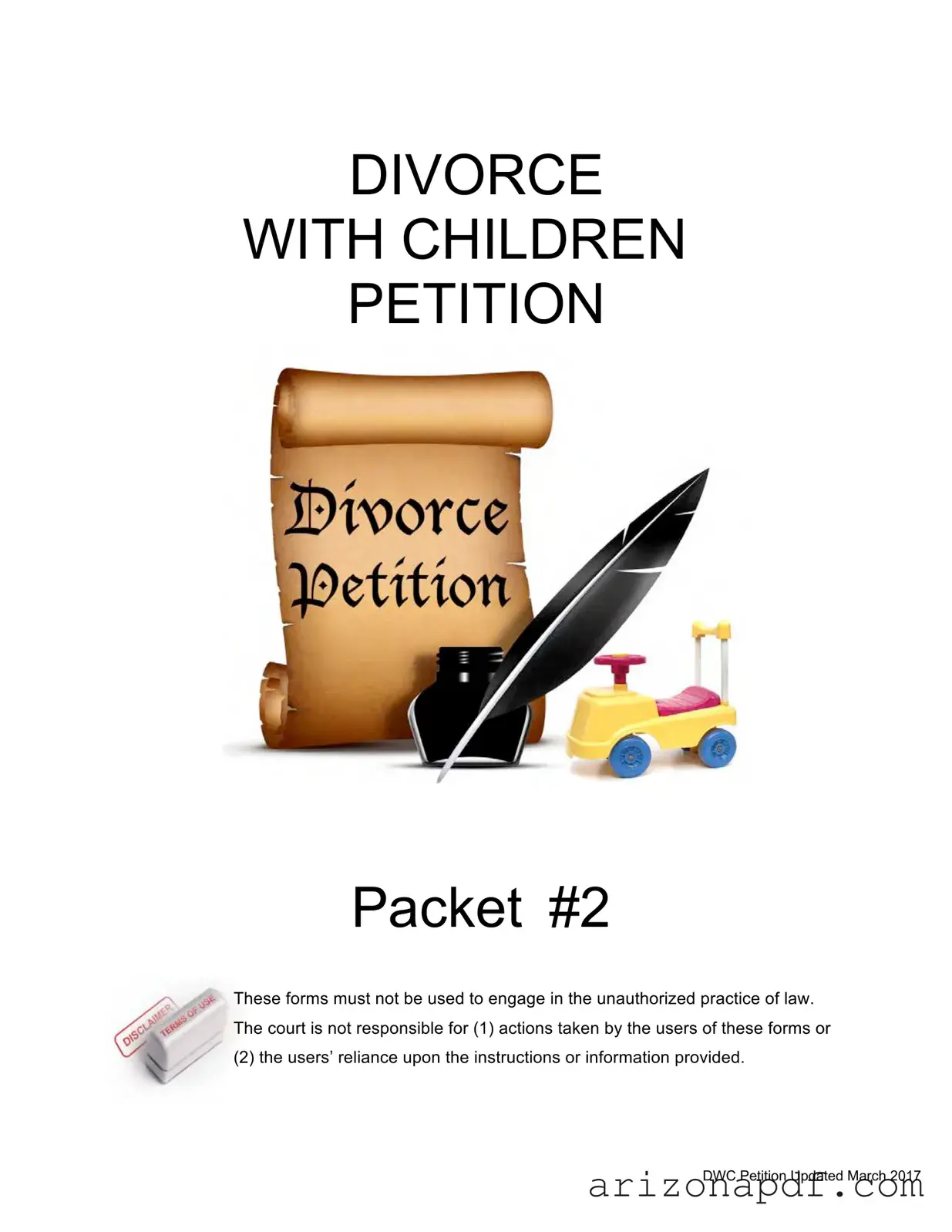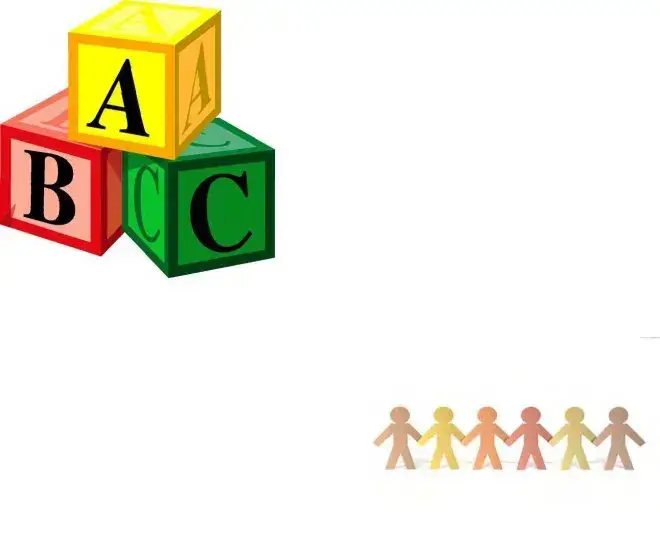What is the purpose of a Petition in the context of an Arizona divorce?
A Petition for divorce is a legal document submitted to the court by someone seeking a divorce. It officially starts the divorce process by outlining the filing spouse's requests regarding matters such as division of property, child custody, and support arrangements.
Who are the Petitioner and the Respondent in a divorce case?
In the divorce proceedings, the spouse who initiates the filing is referred to as the Petitioner. This individual submits the divorce request to the court. The other spouse, who responds to this filing, is known as the Respondent.
Are there residency requirements to file for divorce in Arizona?
Yes, Arizona law requires that at least one spouse must have lived in the state for a minimum of 90 days before filing for divorce. If one spouse is in the military, they must have been stationed in Arizona for at least 90 days. Additionally, if decisions regarding children are needed, such as custody or support, the children must primarily reside in Arizona for at least six months prior to filing.
Is Arizona a no-fault divorce state, and what does that mean?
Arizona is a no-fault divorce state, meaning that one can file for divorce without needing to prove any wrongdoing or fault on the part of the other spouse. The main ground for divorce is the irretrievable breakdown of the marriage, with no expectation of reconciliation.
Should I consult a lawyer for filing a divorce petition in Arizona?
While not mandatory, consulting a lawyer can be very beneficial. Divorce can be complex, and a lawyer can provide valuable advice tailored to your situation. Legal counsel can help you make informed decisions, potentially saving time, money, and avoiding unintended legal complications.
Where can I find the Self-Service Center for help with divorce paperwork?
The Self-Service Center is located in the Pima County Law Library, Room 256, on the second floor of the Pima County Superior Court at 110 West Congress Street, Tucson, Arizona 85701. It's open from 8 a.m. to 5 p.m. from Monday through Friday, excluding holidays.
What is considered "Sensitive Data" in a divorce petition, and how should it be handled?
Sensitive data refers to personal information like social security numbers, bank account numbers, and other financial details. Since court documents are public, this information should not be directly included in the Petition. Instead, mention "SEE CONFIDENTIAL SENSITIVE DATA FORM" in your paperwork and provide the sensitive details on a separate Confidential Sensitive Data Form.










